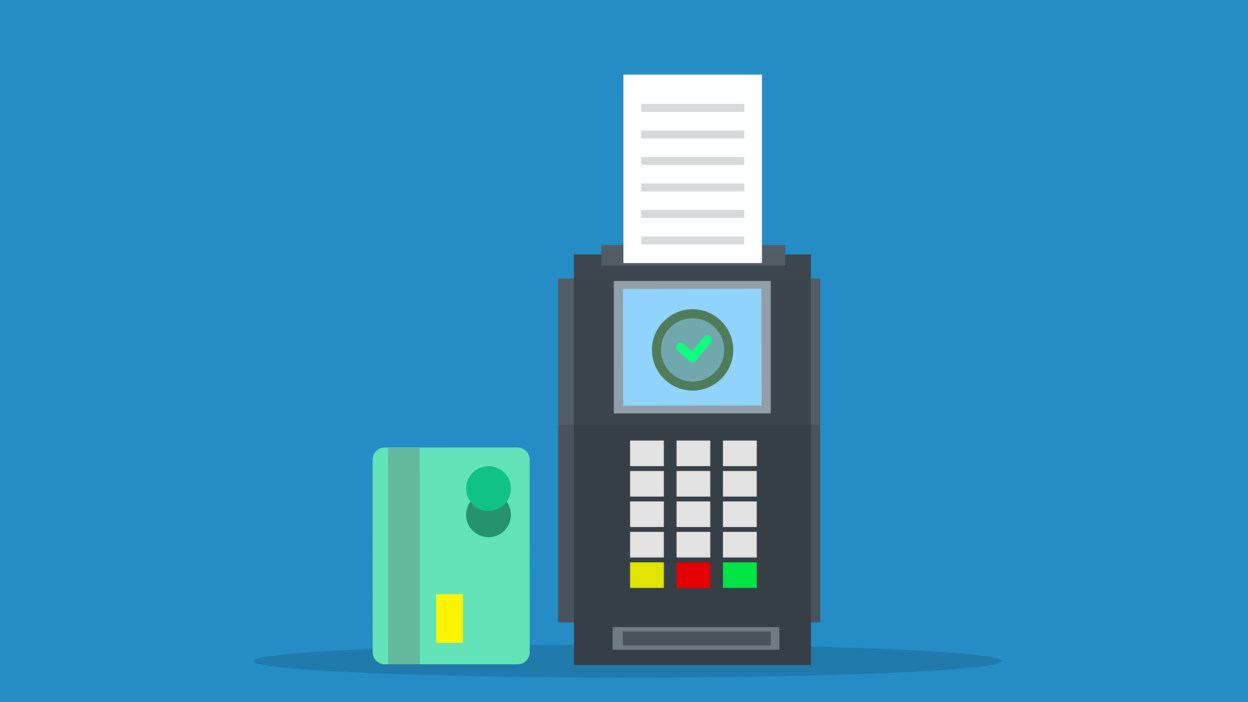Global payment systems like Stripe, PayPal, and UPI have revolutionized how money moves across borders. Building such a system is complex, requiring deep considerations in fraud detection, ledger management, and regulatory compliance. In this blog post, we will break down the key components and provide insights into how they work.
1. Core Components of a Payment System
A well-designed payment system consists of several critical components:
- User Management: Handles authentication, identity verification (KYC), and account linking.
- Transaction Processing: Authorizes, captures, and settles payments.
- Fraud Detection: Identifies and prevents fraudulent transactions.
- Ledger Management: Maintains accurate records of transactions.
- Compliance and Regulations: Ensures adherence to financial laws across different regions.
- Scalability & Performance Optimization: Ensures smooth handling of high transaction loads.
- Security & Encryption: Protects user data and financial information.
Now, let’s dive deeper into each of these components.
2. Fraud Detection: Preventing Unauthorized Transactions
Fraud prevention is one of the biggest challenges for global payment systems. Fraudulent transactions can result in chargebacks, losses, and legal issues.
Techniques for Fraud Detection:
- Behavioral Analysis: Tracking user behavior to detect anomalies (e.g., sudden high-value transactions from a new device).
- Machine Learning Models: Training models using historical data to predict fraudulent activities.
- Velocity Checks: Identifying multiple high-value transactions in a short time.
- IP and Geolocation Analysis: Blocking or flagging transactions from high-risk locations.
- Device Fingerprinting: Recognizing devices used for payments to detect inconsistencies.
- Rule-Based Systems: Setting up predefined fraud rules to trigger alerts.
- Two-Factor Authentication (2FA): Enforcing additional authentication layers.
Example Calculation: Fraud Score Computation
Assume we assign risk scores based on different factors:
- IP Address Risk Score: 30 (High-risk IPs include proxies, VPNs, and flagged geographical regions.)
- Transaction Amount Risk Score: 40 (Large transactions, compared to user history, contribute to higher fraud suspicion.)
- Velocity Check Score: 20 (Multiple transactions within a short time frame increase risk.)
- Device Fingerprint Mismatch Score: 10 (If the transaction is from a new or unrecognized device, it adds to the risk.)
Total Fraud Score = 30 + 40 + 20 + 10 = 100
If the threshold for blocking a transaction is 80, this transaction would be flagged as fraudulent.
3. Ledger Management: Ensuring Accurate Accounting
A ledger is the heart of any payment system. It records all transactions in a way that ensures accuracy, transparency, and compliance.
Types of Ledgers:
- User Ledger: Tracks individual account balances.
- System Ledger: Records all transactions within the system.
- Reconciliation Ledger: Matches internal records with external financial institutions.
Double-Entry Accounting in Payments:
Let’s assume a user makes a $100 payment to a merchant.
| Account | Debit ($) | Credit ($) |
|---|---|---|
| User Account | 100 | 0 |
| Merchant Account | 0 | 100 |
| Payment Processor Fee (2%) | 2 | 0 |
| Payment Processor Revenue | 0 | 2 |
This ensures every transaction is balanced and traceable.
Distributed Ledger for Scalability
Many modern payment systems use distributed ledger technology (DLT), like blockchain, to ensure secure and immutable transactions. Using Kafka or RabbitMQ, transactions can be streamed and processed asynchronously to maintain ledger consistency.
4. Compliance & Regulatory Considerations
Compliance is critical when handling financial transactions globally. Different regions have different regulations:
- PCI-DSS (Payment Card Industry Data Security Standard) for handling card payments securely.
- GDPR (General Data Protection Regulation) for user data privacy in Europe.
- AML (Anti-Money Laundering) & KYC (Know Your Customer) regulations.
- Reserve Bank of India (RBI) Guidelines for UPI transactions in India.
- PSD2 (Payment Services Directive 2) in the European Union for strong customer authentication (SCA).
Example: KYC Verification
To comply with regulations, a payment system may require:
- Government-issued ID verification (Aadhaar, Passport, Driver’s License)
- Address Proof
- Bank Account Verification
If a user’s KYC score is below 80 (out of 100), additional verification steps may be required.
5. How Payments Flow Through the System
A typical payment flow includes multiple steps:
- User Initiates Payment: Enters payment details and submits.
- Payment Gateway Authenticates: Securely transmits the payment request.
- Bank or Card Network Authorization: Validates account balance and approves/rejects.
- Transaction Settlement: Money is transferred from the payer to the recipient.
- Reconciliation and Ledger Update: The system updates transaction records.
Example Timing Breakdown:
- Authorization: 2 seconds
- Settlement: T+1 or T+2 days (depending on payment method)
- Refund Processing: 3-5 days
6. Scalability and Performance Considerations
Handling millions of transactions per second requires a highly scalable system. Some strategies include:
- Sharding Databases: Splitting user data across multiple databases.
- Caching: Using Redis or Memcached to reduce load.
- Asynchronous Processing: Using message queues like Kafka for non-blocking operations.
- Geo-Distributed Data Centers: Ensuring low latency transactions across different countries.
- Load Balancers: Distributing incoming requests across multiple servers.
- Event Sourcing & CQRS: Decoupling write and read operations to optimize throughput.
Example Calculation:
If a system processes 100 transactions per second, with an average processing time of 200 ms, the concurrent transaction load is:
100×0.2=20100 \times 0.2 = 20 (meaning the system must handle at least 20 concurrent transactions at all times)
To scale for 1 million transactions per second, we need: 1,000,000×0.2=200,0001,000,000 \times 0.2 = 200,000 concurrent transactions, requiring horizontal scaling.
Conclusion
Building a global payment system is an intricate challenge that requires:
- Robust fraud detection to prevent financial losses.
- Accurate ledger management to maintain financial integrity.
- Compliance with regulations to operate legally across different countries.
- High scalability and security to handle millions of transactions per second.
By integrating these key elements, you can build a payment system that is secure, efficient, and reliable—just like Stripe, PayPal, or UPI.



